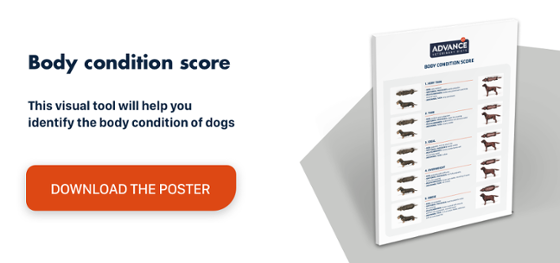Mouth infections in dogs: follicular cyst
Follicular cysts, also called dentigerous cysts, are rare types of odontogenic cyst found in the oral cavity of dogs. The structure appears in the mouths of some dogs due to an unerupted tooth.
The tooth may not have erupted because it is impacted or included. The genesis of oral follicular cysts can be explained in terms of the dog’s dental anatomy. Tooth enamel is formed and developed by cells called ameloblasts found in the enamel organ before tooth eruption. When the tooth erupts naturally, the enamel organ gradually disappears and the ameloblasts are lost. If the tooth does not erupt, the ameloblasts form an epithelium-lined structure. The epithelium lining the cavity may or may not produce fluid, which is typically secretory epithelium, leading to the formation of a follicular cyst.
Mouth infections are one of the most frequent and significant complications associated with follicular cysts in dogs. However, there are other complications: significant bone loss in the vicinity of the cyst, destruction of adjacent tissues, neoplastic transformation into ameloblastomas and squamous cell carcinomas.To learn more about the pathophysiology of the digestive system in dogs, consult our guides and specific resources.
Follicular cysts can be diagnosed by X-rays. In fact, any areas of the mandibular that have lost dental pieces must be assessed with plain X-rays to rule out follicular cysts associated with the absence. Typical radiographic findings are a radiolucent area associated with the crown of an unerupted tooth. The patient’s clinical picture will vary depending on whether it is brought to the clinic because of a complication associated with the cyst (infection ) or because the cyst itself grows into a mandibular tumour in an area without any teeth.
The treatment of the associated complications will vary accordingly. Antibiotic therapy is required for infections with drainage if evolution is poor. The specific treatment for cysts should always involve their surgical removal. In isolated cases when dealing with large cysts, an initial marsupialization can be carried out to reduce the pressure it exerts on the surrounding structures, before the cyst’s complete removal in a second step.
If you would like to learn more about veterinary dentistry, we recommend the seminar course delivered by Dr Aurora Mateo on common diseases in dentistry and in particular her presentations focused on periodontal disease (frequency, treatment and prevention).

